-
Posts
9,970 -
Joined
-
Last visited
Content Type
Profiles
Blogs
Forums
American Weather
Media Demo
Store
Gallery
Posts posted by The_Global_Warmer
-
-
So what's the deal with that double like line in the wedge.
The western side almost parallel with Long island but it looks like there's like a wedge there that's crazy I mean I get it I understand the wind Dynamics but is that something else.
Hopefully the f****** line slows down for you guys.
I won't lie a part of me is jealous and I want you to get screwed but a bigger part of me is hopefully you guys get the snow you want because we all know how crappy it is to get screwed by sleep and rain.
unlike living up in Vermont and New Hampshire and freaking Worcester Massachusetts which is like the snow capital of America.
Yeah you know who I'm talkin about I got mad respect for you I know this ain't your forum but damn you always win DARTH VADER!
ANYWAYS GOOD LUCK EVERYBODY ON THE ISLAND
-
-
-
On 7/15/2020 at 11:14 PM, donsutherland1 said:
Arctic sea ice extent fell to 6.996 million square kilometers (JAXA) today. The previous earliest figure below 7 million square kilometers was July 19, 2011 when extent was 6.995 million square kilometers.
On 7/15/2020 at 11:14 PM, donsutherland1 said:
Arctic sea ice extent fell to 6.996 million square kilometers (JAXA) today. The previous earliest figure below 7 million square kilometers was July 19, 2011 when extent was 6.995 million square kilometers.
From the Arctic sea ice forum.
Quote
[ADS NIPR VISHOP (JAXA)] Arctic Sea Ice Extent.July 18th, 2020:
6,551,222 km2, a century drop of -124,140 km2.
2020 is the lowest on record.
Highlighted 2020 & the 4 years with a daily lowest min in Sept. (2012, 2019, 2016 & 2007).
In the graph are today's 10 lowest years.
Source: https://ads.nipr.ac.jp/vishop/#/extent
[ADS NIPR VISHOP (JAXA)] Arctic Sea Ice Extent.July 18th, 2020:
6,551,222 km2, a century drop of -124,140 km2.
2020 is the lowest on record.
Highlighted 2020 & the 4 years with a daily lowest min in Sept. (2012, 2019, 2016 & 2007).
In the graph are today's 10 lowest years.
Source: https://ads.nipr.ac.jp/vishop/#/extentJust amazing. The RIDGING since mid May has been unbelievable even though if the long range forecast show it slowing down. The extensive preconditioning had already set the table for what will happen the rest of the season.
I am giving 2020 a 51% chance to drop below 2012.
I believe volume this year will be the lowest min on record by alot
I expect open water at the pole by late August.
If we actually get a 2 week dipole. Game over!!!
2020 might be TRULY UNPRECEDENTED THIS SUMMER.
how close can we get to Blue Ocean event??
-
 3
3
-
-
-
I haven't posted here in a long time because the Arctic sea ice forum is way more active.
And because the Arctic has hit a wall in Spring with all of the anomalous factors that have lead to the ice change the last couple of decades.
Part of it is because the pattern hasn't seen a June dipole/sun bath since 2012.
The recent essentially record warm/anomalous ridge was incredible.
And for a few days Arctic sea ice albedo really dropped over a large portion of the basin.
However as soon as the pattern changed the ice surface couldn't retain it's wetness. It has refroze. Not all the way back to before the ridge but quite a bit.
This tells me that solar altitude cannot overcome dry snow/ice albedo in middle of May.
Which means in the future in order to get the powerful solar insolation to actually kick start the melt season in middle May will require ambient conditions to be warmer to reinforce the solar insolation
Like snow cover melt happening 1-2 weeks earlier than it ever has along the Arctic Arctic coast and river Delta's opening up earlier as well.
This would allow the near surface lower troposphere to warm quite a bit faster than it currently does.
Essentially to get a record this summer we will have to go back to a highly anomalous dipole.
The CAA has been spared for a while.
Anyways right now everything is set up for a potential record Ice loss summer thanks to the UNBELIEVABLE RIDGE that rolled through the basin.
-
-
-
-
I think the coming Nina will be stronger than 95-96.
Somewhere along the lines of 99-01 and 07-09(early).
I can't see an event that lasts 3+ years.
Could definitely see a nina-neutral-weakquicknina-nuetral-nino.
Over 2020-2022.
We'll see
-
The subsurface negative anomalies are a little different than most the last few years that werd much further East than the current cold pool forming over the central Pacific with legs all the way back into the Western Pacific.
Thanks to persistence of the Easterly equatorial winds being anonymously stronger than the average for this time of year the warm surface is already being eradicated as far West as 120W.
The equatorial wind forecast continues to be even more anomalous in favor of intense (relative to swaying equatorial surface sea temps towards one extreme on the enso plane.
I attached the wind forecast below that also has the recent observed winds. It is straight ridiculous. From essentially all of Enso 3 and Enso 4 we see anonymously strong Easterly winds that really pummel the central Pacific. This will allow the sub surface cold pool to keep stretching Eastwards towards surfacing near South America. While the near surface positive anomalies will continue to be eroded but still slowly thanks to:
A decently deep reach of the warm pool.
Global warming which has a hard to define very slight bias towards slight anomalous warmth overtime versus when the normal values we're established this is very hard to quantity but is clearly a real thing when you consider the current warm anomalies are always in larger surface area globally versus the established normal 10-40 years ago or 20-50 or 10-50. However you define it.
And seasonal variance with the northern hemisphere going into slightly stronger radiative presence this time of year. Which is amplified by heat trapping gases. This is get hard to define statistically but we know it's real for the same reasons as argued above.
Either way the set up for a MAJOR NINA EVENT IS UNDERWAY.
WILL THIS TRANSLATE INTO A MAJOR NINA DURING THE UPCOMING COOL SEASON???
-
 1
1
-
-
-
-
6 hours ago, raindancewx said:
The warmth really didn't build up very well inspite of a mostly negative soi.
Even so it will take a while before that warm layer Poof's.
But if winds go nuts for a Nina. We could deep dive into it. Tho it wont take much for the warm pool to quickly reestablish itself out West.
-
 1
1
-
-
Equatorial winds suggest a plunge towards la Nina conditions will become favorable as winds currently and forecasted to remain enhanced Easterlies helping totally destroy the slim warm anomolous surface.
-
-
Winds continue to favor pushing the near surface layer West at a faster rate (0-75M).
This will slowly decay the warm layer near the surface East of 160W.
While a cool pool tries to develop around 160-140W towards the SA coast.
Gently sloping from 150M-75M subsurface(160-130W) sloping towards the surface in the nino 1-2 area.
150-180E/W looks to gain heat subsurface.
-
 1
1
-
-
2 hours ago, wxeyeNH said:
Yeah, I noticed the 12Z Euro chance of giving me a bit of snow. Let's see if 18Z takes it away
Here's a video of today's snow and the clearing adverting from the north. One minute it's winter and then by midday it's gone
https://video.nest.com/clip/5322466be1a248e89b927e7596858d7b.mp4
That is amazing thanks for posting
-
-
-
What the models show for early October is nothing short of Epic.
-
-
After day 5 the euro diverges from the gfs and cmc.
The latter two have a scenario where the ESS, Chuchku region, and laptev all see tremendous ice loss for August.
Throw the CAB into that as well.
The euro has a more tamed version.
Likely due to NPAC differences.
-



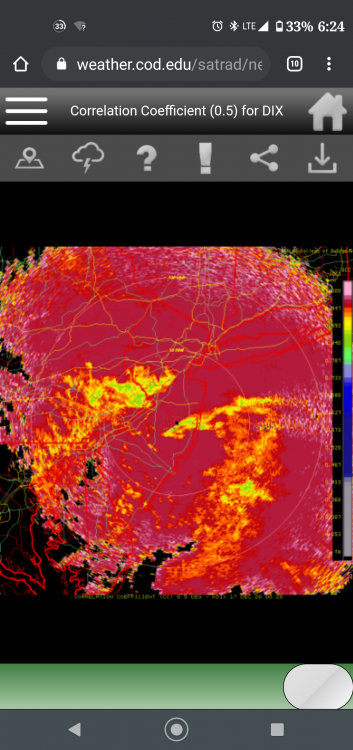
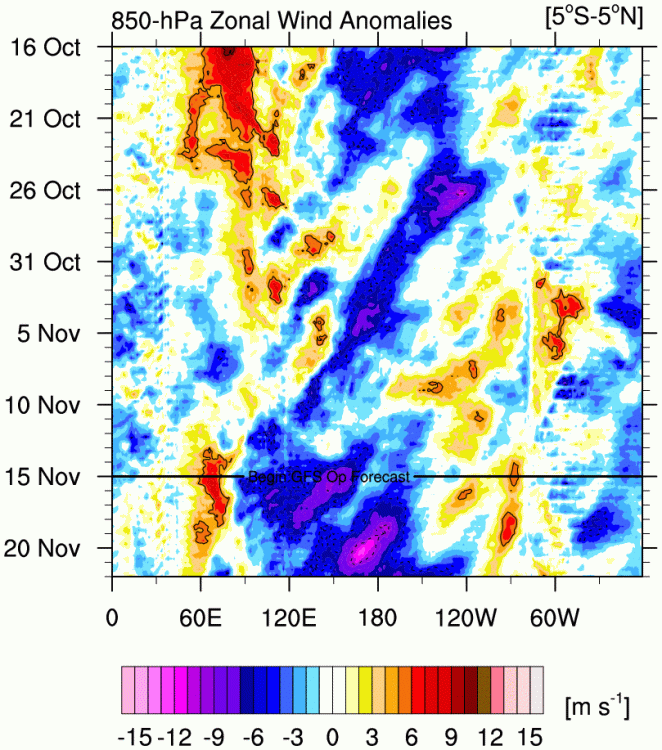
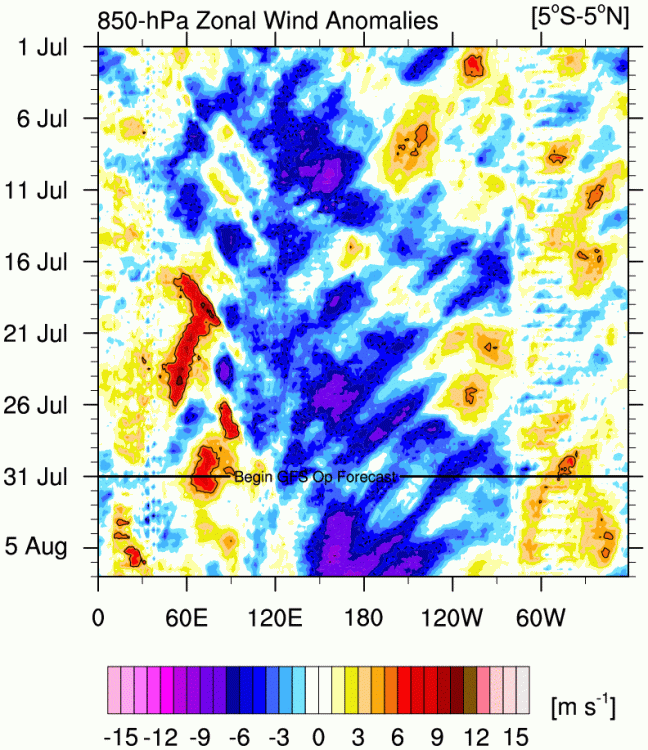
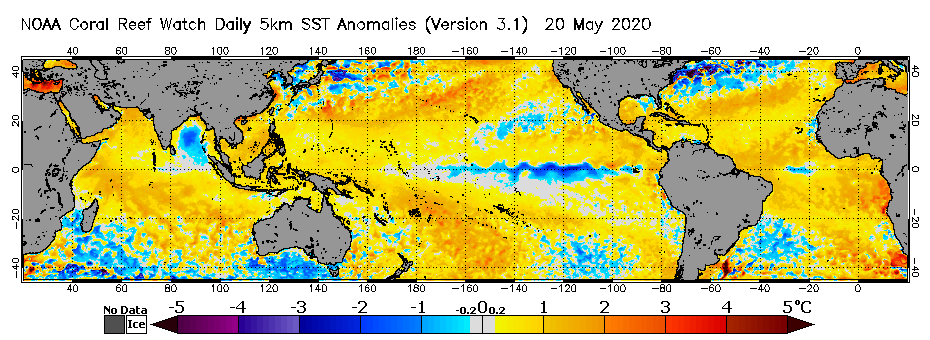
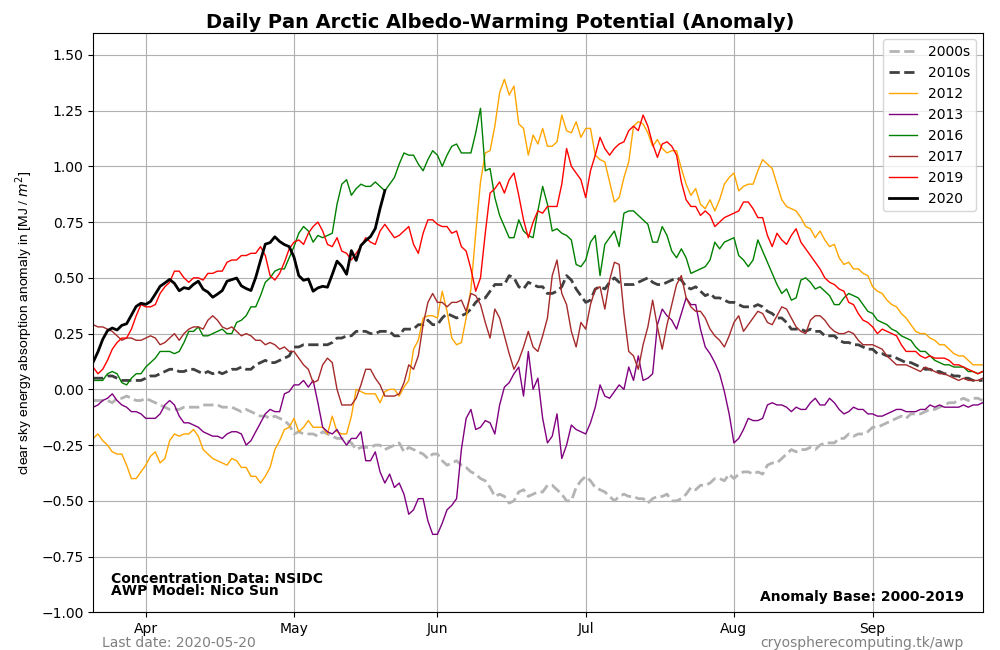
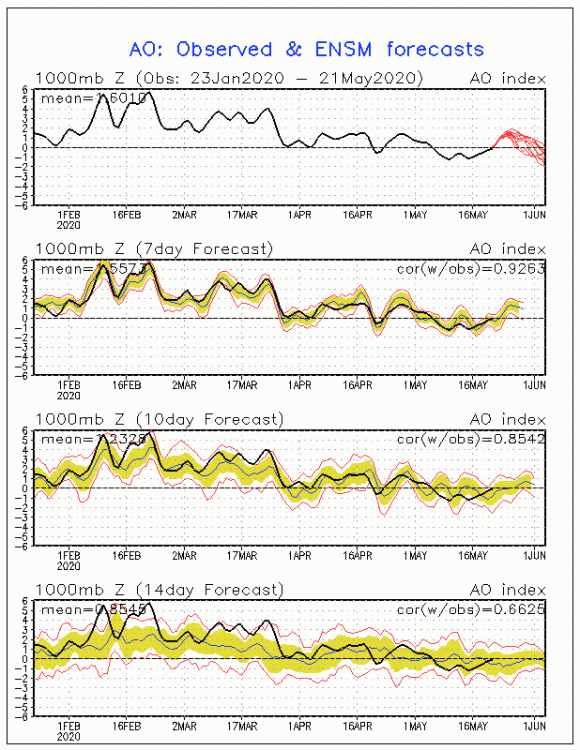
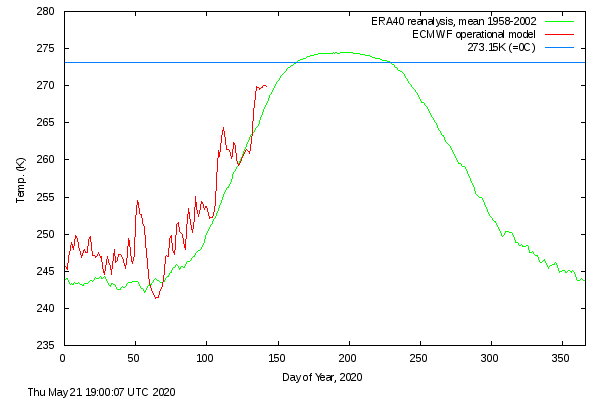
.thumb.gif.3adc4a758c336e9612ee44ebd3b67601.gif)
.thumb.gif.eb71baf8053bdaea1a0d7836768d6dd6.gif)
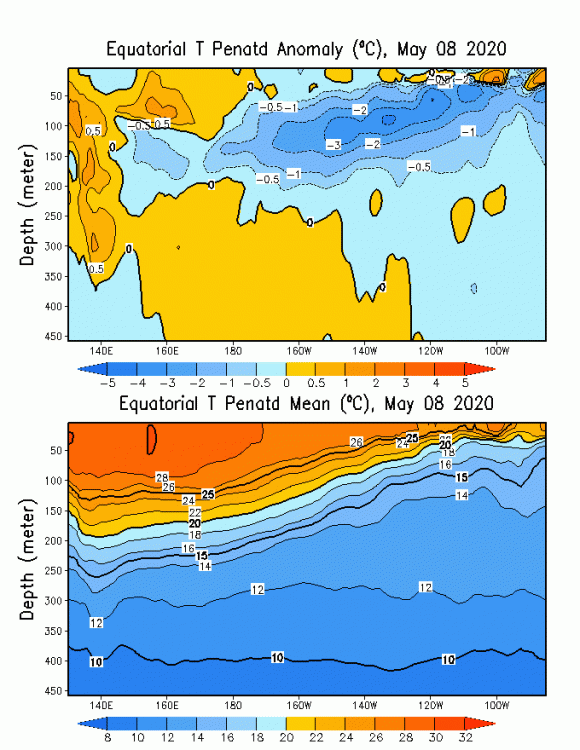
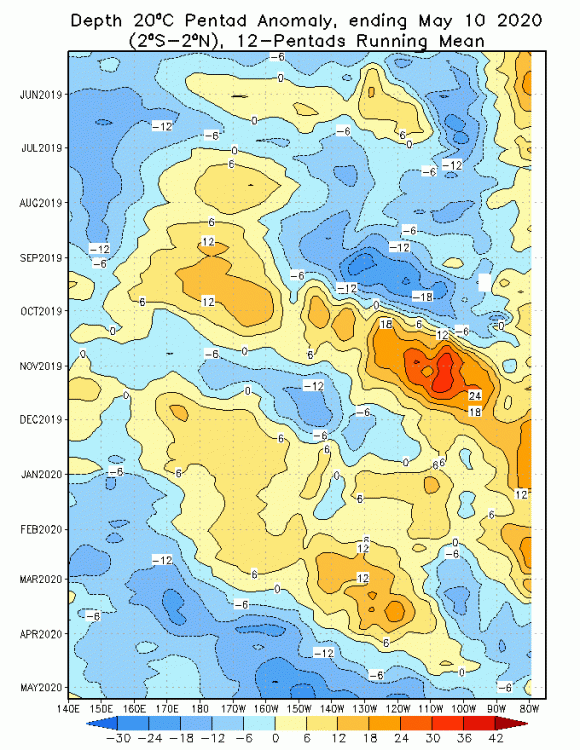
.thumb.gif.548096436e86788eda16d1ed6026896f.gif)
.thumb.gif.ad71934258dfcc026fdbb7964fd33f09.gif)
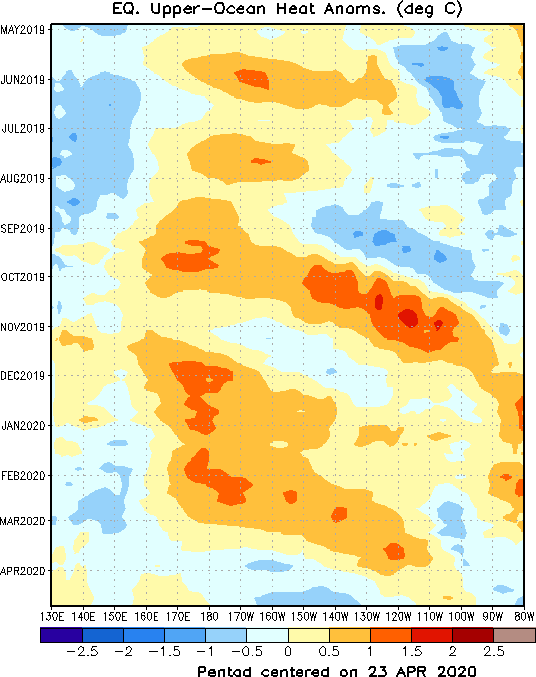
.thumb.gif.0f7c703b8736f2989125178825eaeadd.gif)
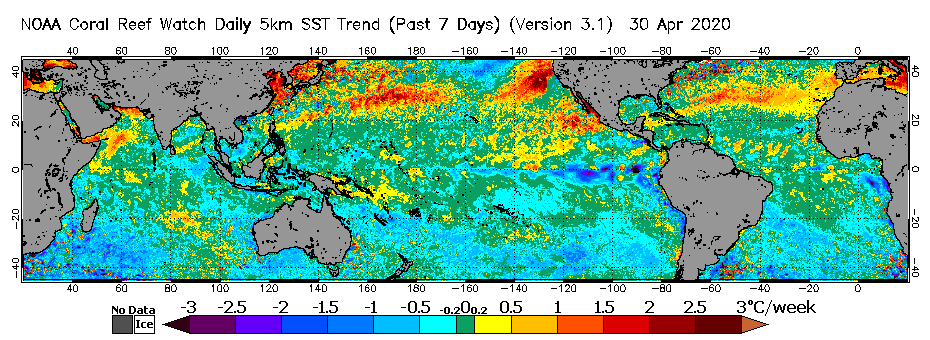
.thumb.gif.6c7bc8e6de3dc4a880f78ac85d943d4d.gif)
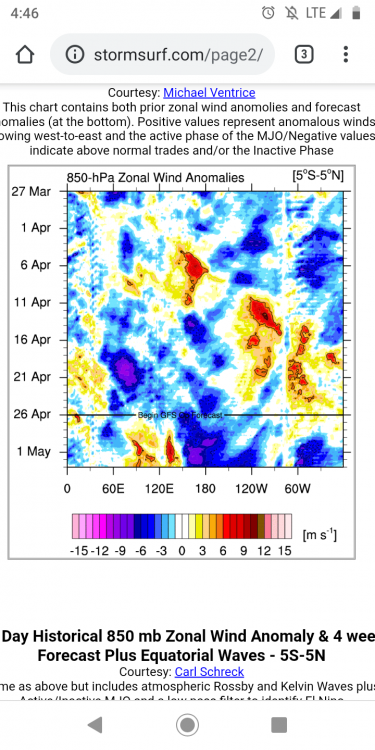
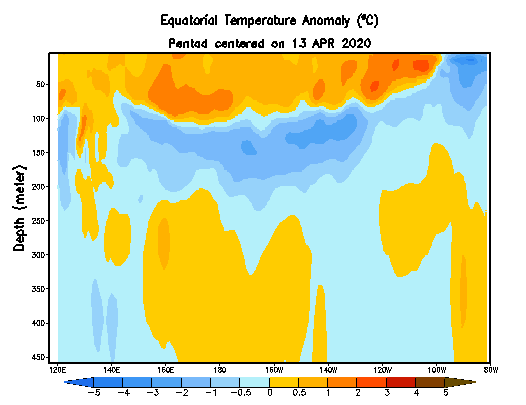
.thumb.gif.c34e245fa7849c2d397c59edc6ec2cae.gif)
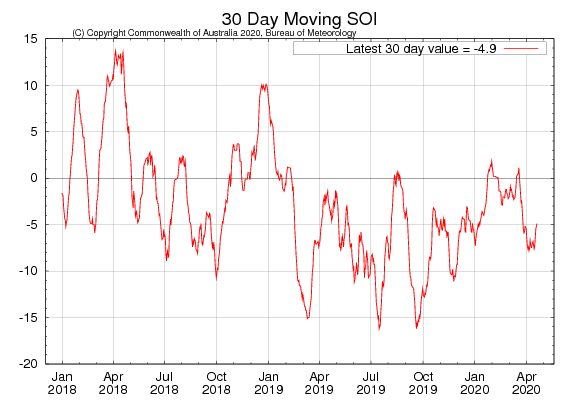
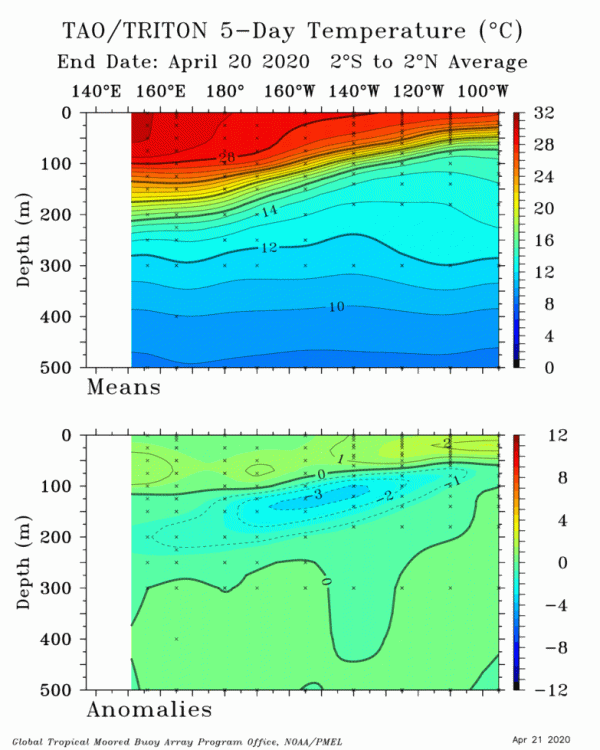
.thumb.gif.0aeefe0332ed895bc8225efbcc0291c5.gif)
.thumb.gif.46490da1f2e8e2d6f0256d3429cbdb5c.gif)
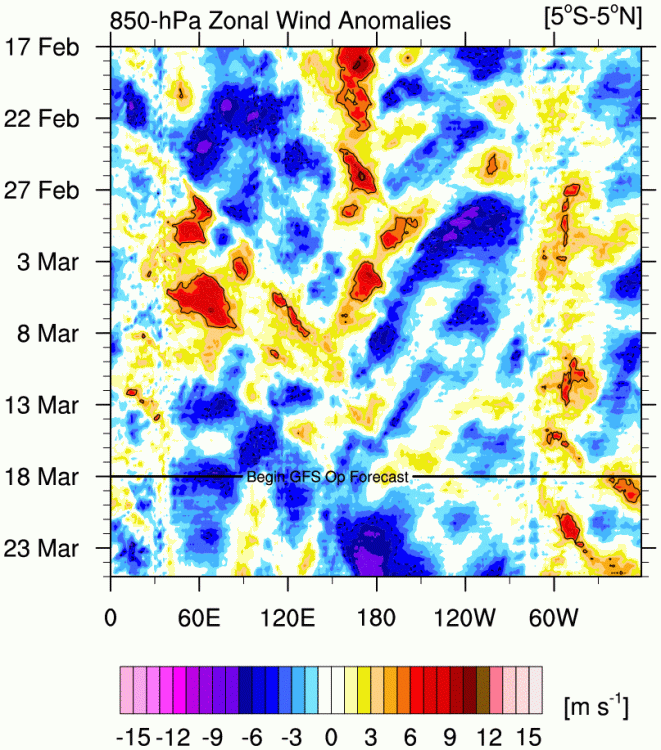
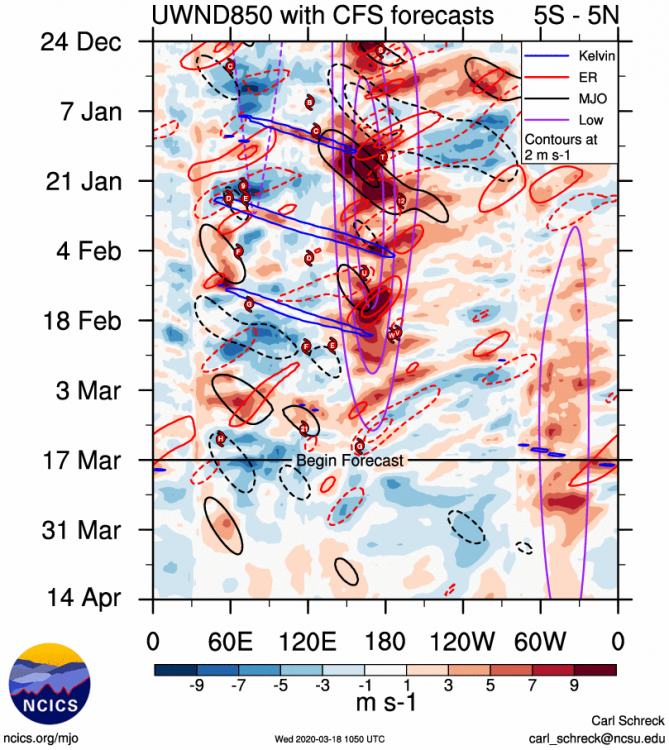
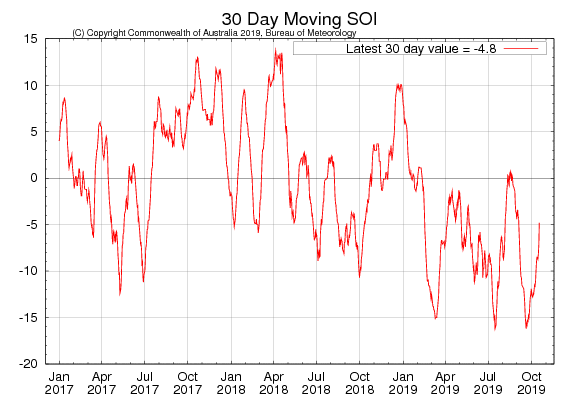
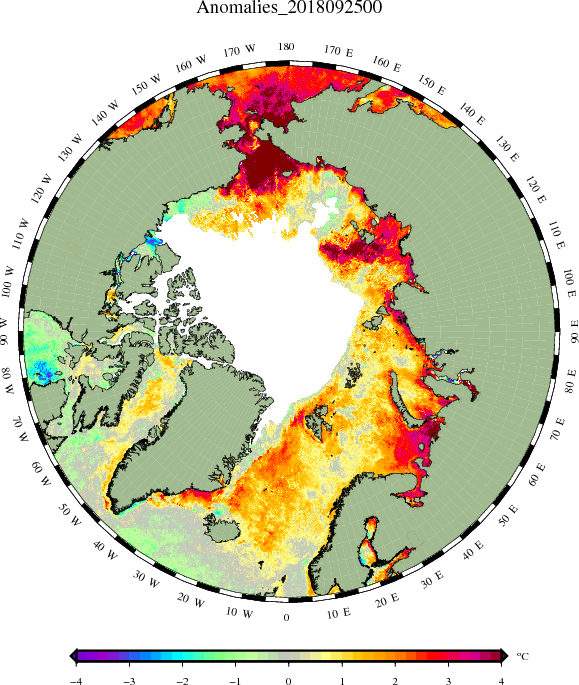
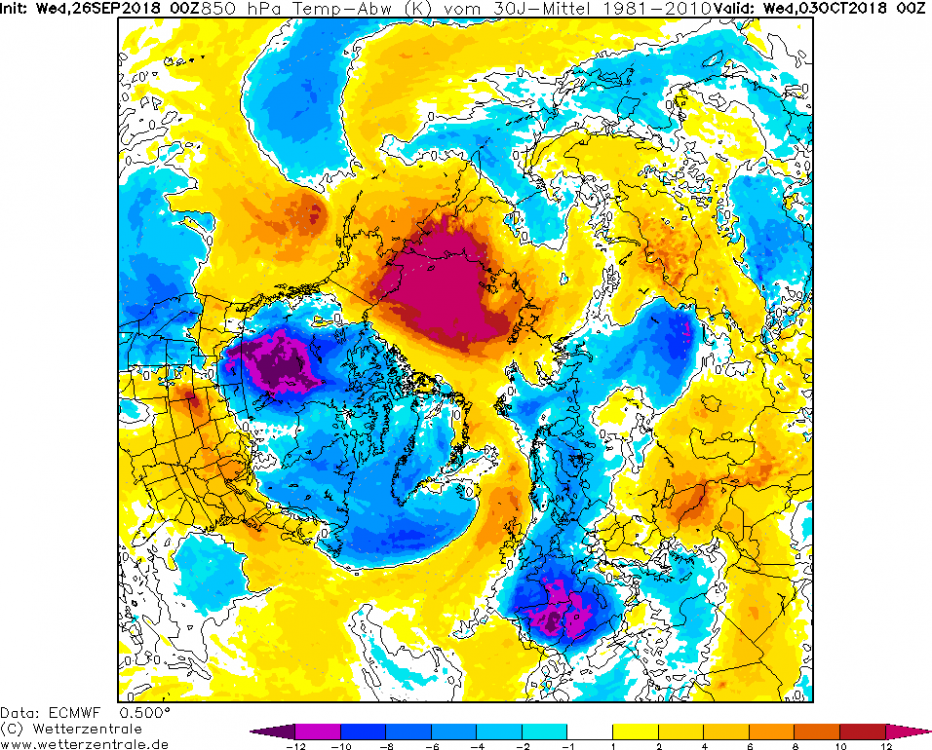
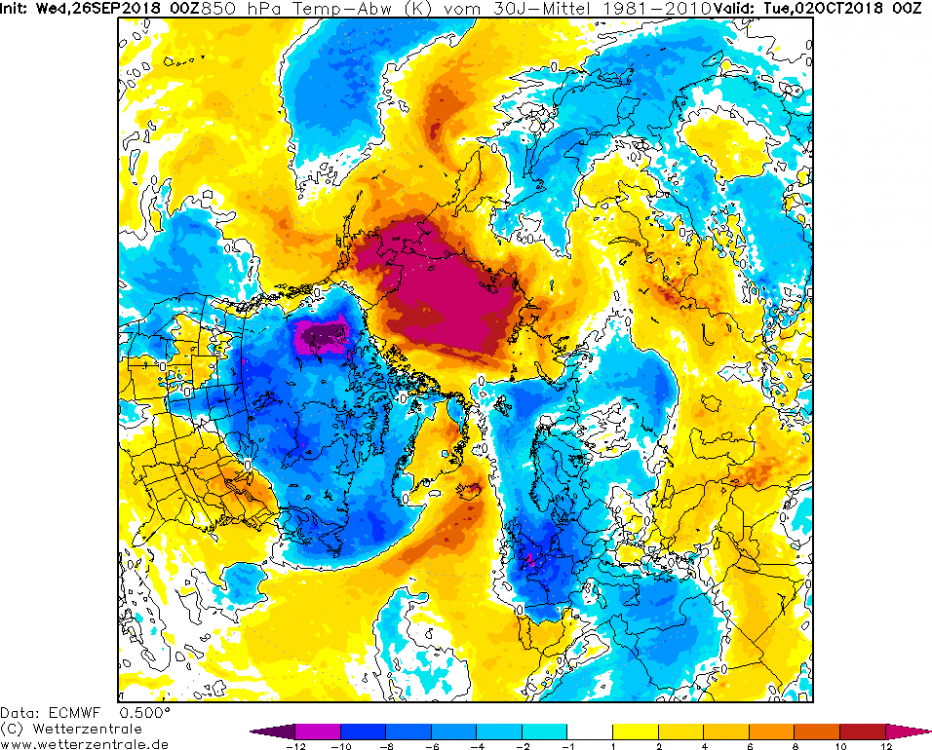
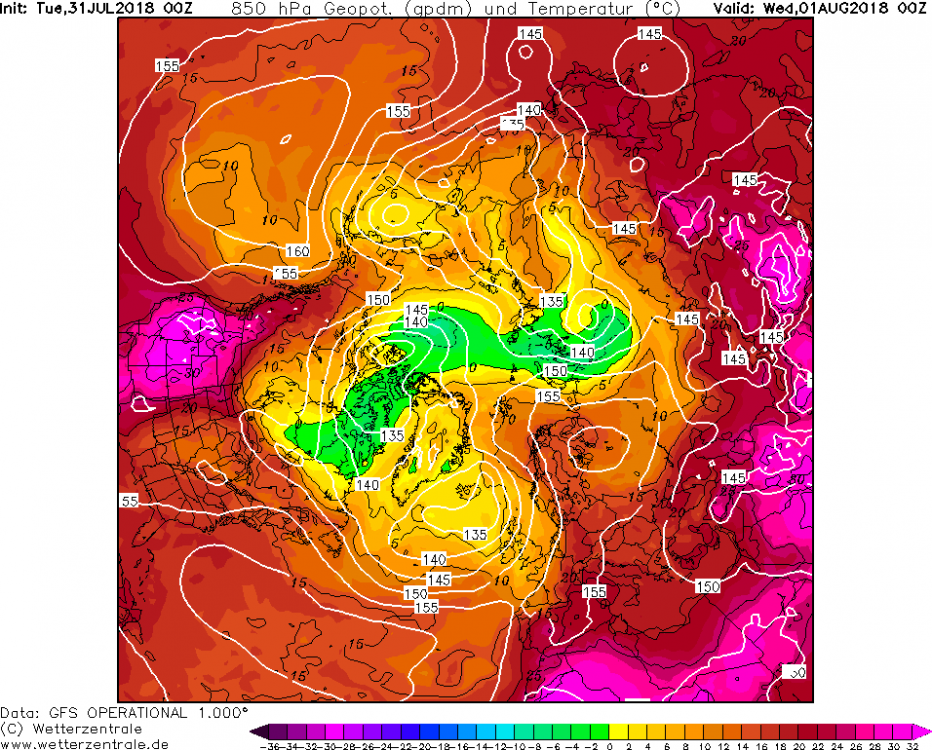
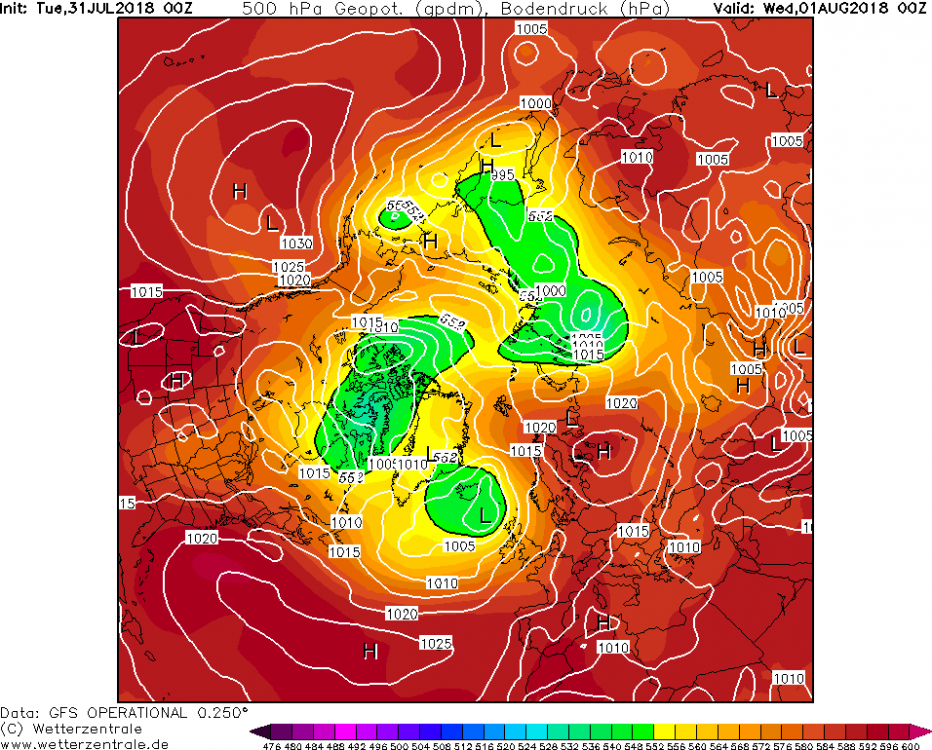
.png.0bf93d8adf0c0187afd3efd47e48eb59.png)
December 16-17, 2020 Storm Observations and Nowcast
in New York City Metro
Posted
That's because my boy forkyfork is in Jersey holding the sleet progression off!!